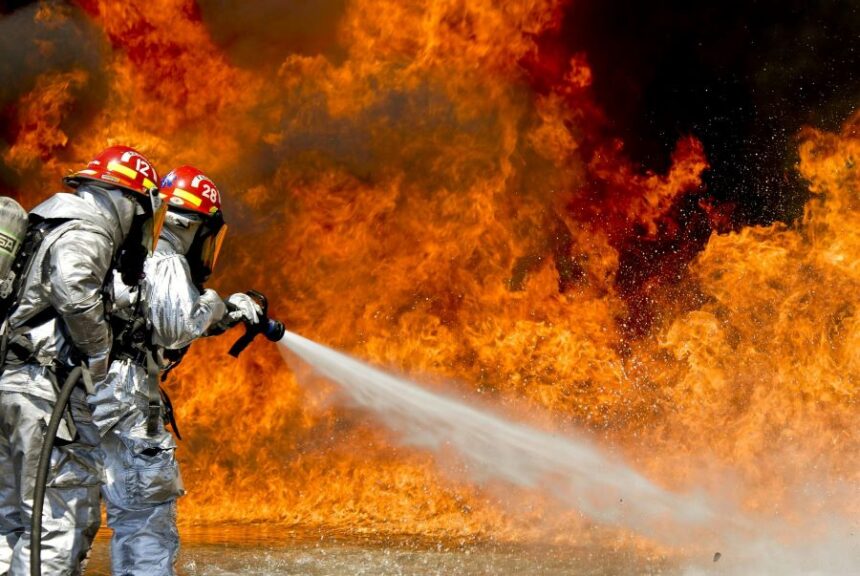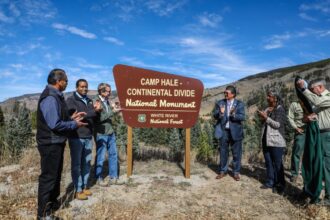When was the Marshall Fire in Colorado? This question continues to echo in the minds of many Coloradans who witnessed or were affected by one of the most devastating wildfires in the state’s history. The Marshall Fire erupted on December 30, 2021, and rapidly spread through Boulder County, destroying over 1,000 homes and displacing thousands of residents. Fueled by historic drought, intense winds, and dry grasslands, the fire reached urban areas quickly.
Understanding the timeline and consequences of the Marshall Fire offers more than just historical context—it provides crucial insights into wildfire preparedness, response, and climate-related risks in Colorado. In this article, we’ll explore not just when the Marshall Fire happened, but also why it spread so quickly, how communities responded, and what’s being done to prevent similar disasters in the future.
If you’re looking for a comprehensive guide to the Marshall Fire—its date, cause, impact, and lessons learned—you’re in the right place.
When was the Marshall Fire in Colorado?
The Marshall Fire in Colorado began in Boulder County on December 30, 2021. It destroyed over 1,000 homes, making it the most destructive wildfire in Colorado history.
The Timeline of the Marshall Fire in Colorado
The Marshall Fire ignited around 11:00 a.m. on December 30, 2021, near the unincorporated town of Marshall in Boulder County, Colorado. Within just a few hours, the blaze grew at an unprecedented rate, driven by hurricane-force winds that reached up to 100 miles per hour. Combined with prolonged drought conditions and dry grasses, the fire quickly jumped into the neighboring communities of Superior and Louisville. Emergency officials issued immediate evacuation orders as flames overtook neighborhoods, businesses, and infrastructure.
By the evening, more than 6,000 acres had burned. While there were no immediate deaths reported from the flames, two individuals were later confirmed dead. The fire destroyed over 1,000 structures—mostly homes—and caused more than $2 billion in damages, making it the most destructive and costliest wildfire in Colorado history.
The blaze was officially declared contained on January 3, 2022. However, recovery efforts, investigations into the cause, and legal inquiries were only beginning. The fire’s shocking speed and widespread devastation left first responders, residents, and officials grappling with the scale of the event. In the following days, state and federal emergency declarations were made to mobilize relief, highlighting the urgent need for improved wildfire preparedness in urban-adjacent areas.
Why Was the Marshall Fire So Destructive?
The Marshall Fire shocked Colorado not just because of its speed but also because of the scale of devastation it caused in such a short time. Multiple environmental and situational factors combined to make it one of the most destructive wildfires in the state’s history.
Severe Drought and Dry Conditions
The Marshall Fire ignited during a prolonged drought in Boulder County. Parched and brittle vegetation acted as perfect kindling. With high daytime temperatures and extremely low humidity, the environment became primed for rapid fire ignition and spread.
Winds That Fueled the Inferno
Wind speeds reaching over 100 mph created a deadly catalyst. These hurricane-force gusts carried hot embers for miles, sparking secondary fires in neighborhoods and across major roadways. The fire’s wind-driven nature made early containment virtually impossible for firefighters.
Urban Interface and High-Density Housing
Unlike many wildfires that burn in forests, the Marshall Fire ignited in the wildland-urban interface, just minutes from populated communities. Once it reached residential areas like Louisville and Superior, it spread house to house with terrifying speed due to the dense layout of homes.
Limited Time for Response
The speed and intensity of the fire caught many off guard. Fire crews and emergency responders had little time to establish containment lines or evacuate residents. The fire moved so quickly that entire neighborhoods were consumed before help could arrive.
The Role of Climate Change
Experts widely agree that climate change contributed to the fire’s intensity. Warmer, drier weather patterns have increased the frequency and severity of wildfires across Colorado, extending fire seasons and making events like the Marshall Fire more likely and destructive.
Facts About the Marshall Fire
The Marshall Fire was a devastating and fast-moving wildfire that permanently marked Colorado’s history. Below is a concise summary of the essential facts that define the scale and severity of this unprecedented event:
Date of Ignition: The fire started around mid-morning on December 30, 2021, in Boulder County, Colorado.
Primary Locations Impacted: The fire’s rapid spread hardest hit the communities of Marshall, Superior, and Louisville.
Total Acreage Burned: Roughly 6,000 acres of land were consumed in less than a day, driven by extreme winds and dry conditions.
Structures Destroyed: More than 1,000 homes and buildings were reduced to rubble, making it the state’s most destructive fire regarding property loss.
Human Toll: The blaze tragically claimed 2 lives, although many others narrowly escaped thanks to swift evacuations.
Estimated Damage: The total losses from the fire, including insured losses, cleanup, and rebuilding costs, are estimated to exceed $2 billion.
Containment Date: After several days of intense firefighting efforts, fire officials declared the fire fully contained on January 3, 2022.
Suspected Cause: The exact cause remains under investigation, with leading theories suggesting it may have been sparked by power lines or human negligence.
These details illustrate why the Marshall Fire remains one of Colorado’s most catastrophic natural disasters.
Recovery, Rebuilding, and Legal Fallout
After the Marshall Fire devastated communities in Boulder County, state and federal agencies—including FEMA and the Colorado Office of Emergency Management—swiftly intervened to provide emergency relief. Displaced families sought housing assistance, while insurance companies faced many claims. Many homeowners encountered delays or underpayments, adding to the stress of rebuilding their lives and properties.
Legal investigations into the fire’s cause began immediately. Suspected sources included fallen power lines and smoldering debris fires, sparking lawsuits against utility providers and property owners accused of negligence. Accountability remains a key concern for affected residents as the legal process unfolds.
Meanwhile, local governments took proactive steps to prevent future disasters. Updated building codes now require fire-resistant materials in new construction, and improvements have been made to emergency alert systems and wildfire mitigation plans. While some neighborhoods have begun to rebuild, many are still navigating recovery efforts amid legal, financial, and logistical challenges.
When Was the Marshall Fire in Colorado? Public Memory and Policy Changes
The Marshall Fire erupted on December 30, 2021, and left a lasting impression on Colorado communities, prompting significant policy shifts and public awareness campaigns. In the wake of its destruction, local and state leaders have taken concrete steps to ensure such a tragedy doesn’t happen again.
Strengthening Emergency Systems: One of the most immediate responses was overhauling emergency alert systems. Authorities implemented more advanced, multilingual, and geotargeted notifications. These now include mobile push alerts and reverse 911 calls to reach all residents in at-risk zones quickly.
Revising Building Codes: Boulder County and nearby municipalities adopted new building standards focused on fire resilience. Requirements now include fire-rated roofing materials, non-combustible siding, and mandatory defensible space around properties.
Community Resilience Projects: Grassroots organizations and nonprofits launched initiatives to train residents, especially vulnerable populations, in emergency planning. Neighborhood-level drills and preparedness toolkits have become increasingly common.
Environmental Monitoring Improvements: State and federal agencies expanded their weather and fuel monitoring efforts. Investments were made in satellite imaging, fire-behavior modeling, and real-time atmospheric sensors to predict high-risk conditions.
Wildfire Education and Awareness: Public schools, local governments, and media outlets have integrated wildfire safety into regular programming. Education campaigns now emphasize proactive evacuation plans and understanding the risk of living in the wildland-urban interface.
Final Thoughts
When was the Marshall Fire in Colorado? The catastrophic wildfire ignited on December 30, 2021, and its impact still echoes through the lives of residents and across state policies. With over 1,000 homes destroyed and damages surpassing $2 billion, it became Colorado’s most destructive wildfire in history. More than a tragic event, the fire sparked reforms in emergency alert systems, building regulations, and community preparedness. It underscored the urgent need for wildfire awareness, especially in urban-wildland zones. Understanding how severe weather, drought, and urban proximity combined to create this disaster is critical to preventing similar events. Investing in resilience, thoughtful planning, and early action can help reduce risk and protect communities statewide.
FAQ’s
When exactly did the Marshall Fire in Colorado begin?
The Marshall Fire in Boulder County ignited around 11:00 a.m. on December 30, 2021. It quickly became one of the most destructive wildfires in Colorado’s history.
What caused the Marshall Fire?
The official cause remains under investigation, but initial theories suggest it may have been sparked by downed power lines or human-related activity, such as an improperly extinguished fire.
How many homes were destroyed in the Marshall Fire?
More than 1,000 homes and buildings were destroyed, especially in the towns of Superior and Louisville, where entire neighborhoods were leveled within hours.
Was anyone killed during the Marshall Fire?
Although no deaths were reported on the day of the fire, two individuals were later confirmed to have died due to circumstances related to the event.
What has changed in Colorado since the Marshall Fire?
In response, Colorado strengthened building codes, upgraded emergency alert systems, and invested in wildfire preparedness, including community planning and environmental monitoring.











